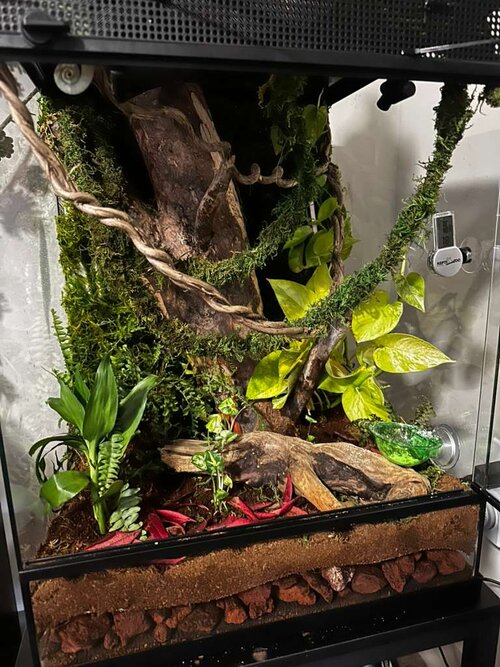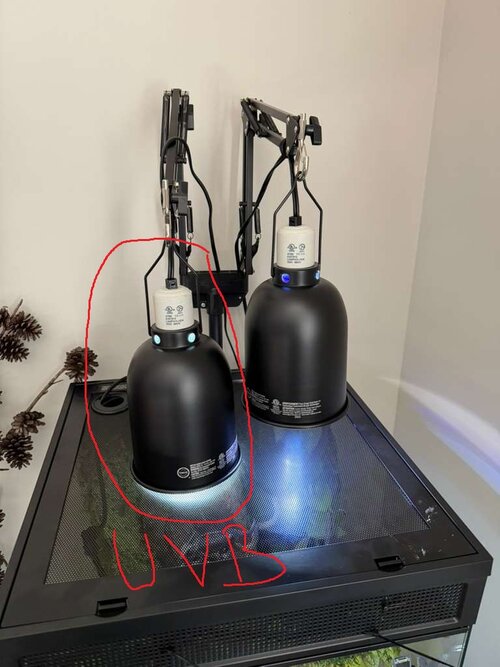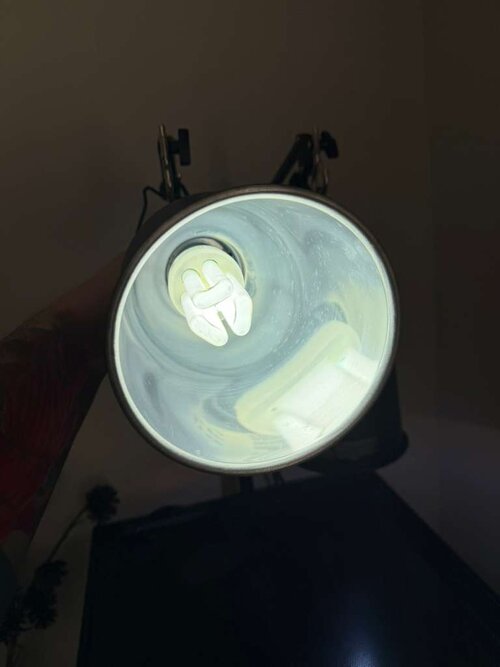burakhanbircan
New Member
I bought a veiled chameleon from a pet shop a week ago. I set up a bioactive terrarium, and all the basking temperature, ambient temperature, and humidity levels are at good ranges. However, since the chameleon came home, its color has been very dark. When I bought it at the pet shop, it was green. I’m worried that something might be wrong. I also noticed that its color turns green when it’s asleep, but it becomes dark again whenever it’s awake. I’m still very new to this hobby and I really don’t want anything bad to happen to my chameleon. What would you recommend I do or check?










